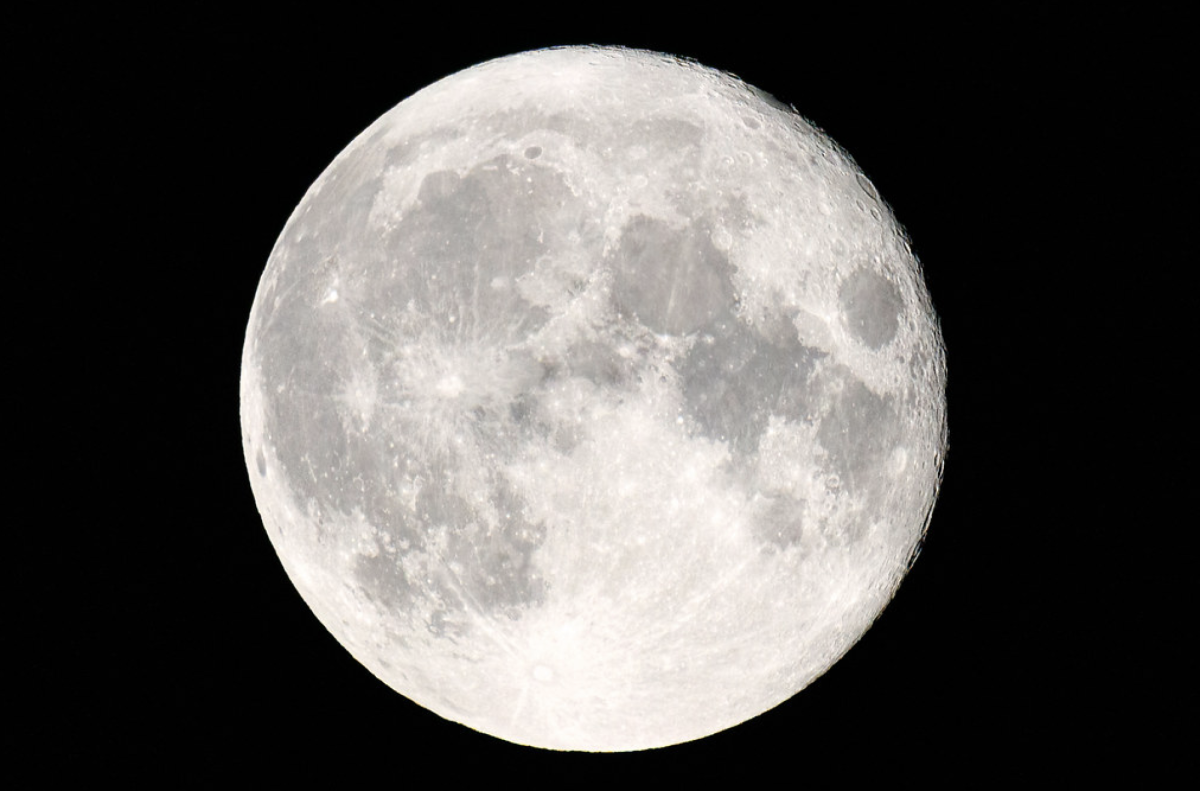It has been over 50 years since an American spacecraft landed softly on the moon’s surface, the last being Apollo 17 in 1972. Just last week, at approximately 6:23 p.m. Eastern time on February 22nd, the robotic lander named Odysseus touched down near the moon’s south pole. However, Odysseus’s mission was not overseen by NASA or SpaceX, but by a private space exploration company named Intuitive Machines based in Houston, Texas.
The landing grounds of Odysseus on the moon were strategic in many different ways, and the hope was that in the landing spot that the engineers chose, they would be able to collect data about the moon’s past and collect data for future missions. Odysseus landed at Malapert A, an area on the moon known for its rocky and unstable terrain, but the scientists chose a specific part of Malapert A that was almost flat to land the spacecraft. The location of the South Pole could be home to water and ice, which could be used to power future missions to the moon and was one of the main reasons why Intuitive Machines decided to land the spacecraft here.
Aboard Odysseus, there are some payloads that belong to NASA that will help test precision landing technologies as well as lunar weather and the lunar soil’s interaction with the spacecraft’s engine as it descended onto the surface. These discoveries will help NASA ensure their planned manned lunar landing in 2026 on Artemis III goes as smoothly as possible so the astronauts can get to the moon and back safely.
On Tuesday, February 28th, it was announced by Intuitive Machines that the mission had to be cut short a few days due to the spacecraft tipping over due to the uneven terrain caused by craters, disrupting the antennas and the communication of data back to Earth.































